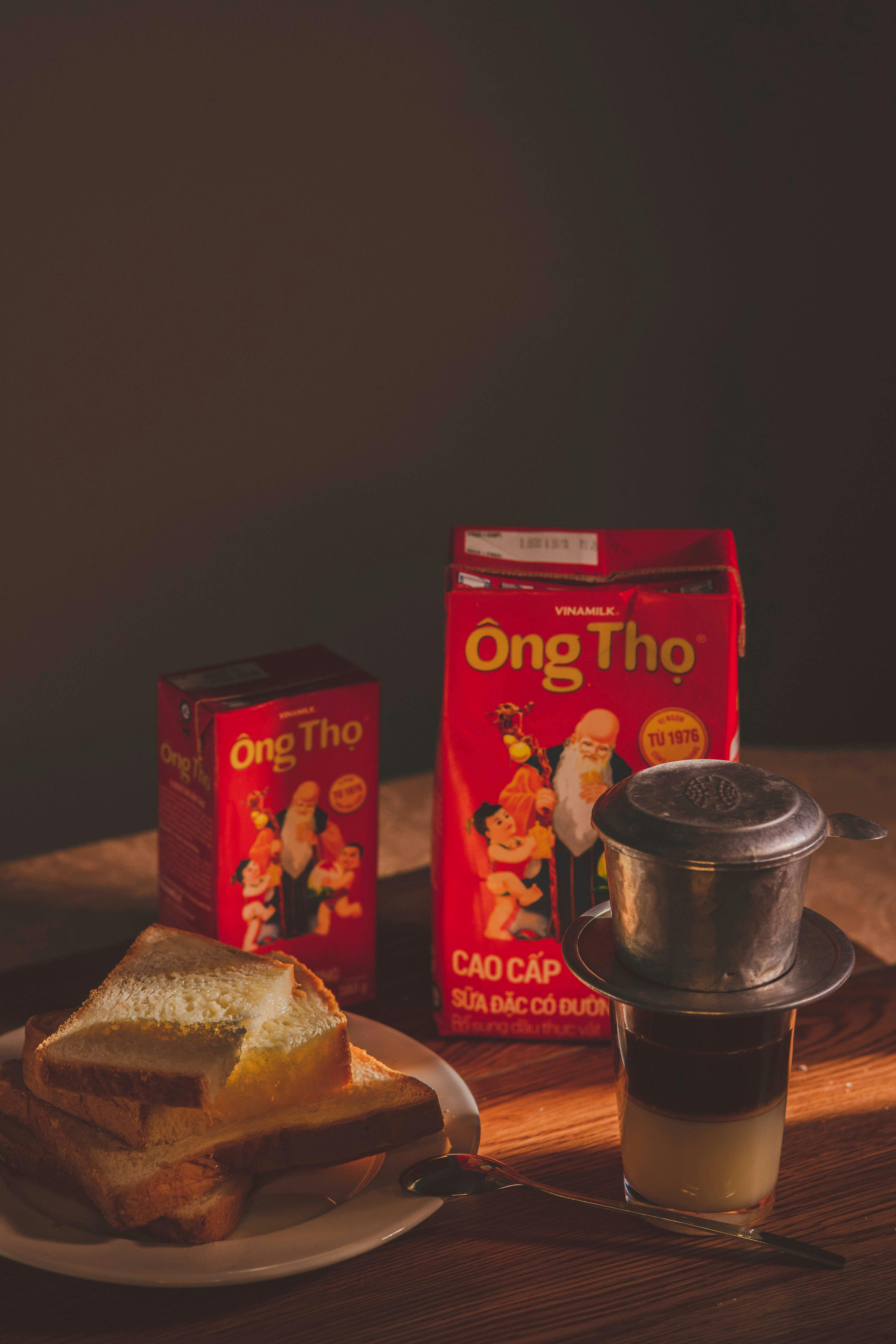
Effective Ways to Create Minecraft Mods in 2025
As the popularity of Minecraft continues to soar, crafting your own mods can add a unique dimension to gameplay. Understanding how to create Minecraft mods not only enhances your gaming experience but also cultivates your programming skills. In this guide, we will explore effective ways to start your modding journey in 2025, showcasing essential tools, best practices, and creative techniques for successful mod development.
With such a vast and engaged Minecraft modding community, you will find support and inspiration throughout your modding journey. This article will help you navigate through the initial steps of mod development, from installing Minecraft Forge and understanding the Minecraft code to designing custom mechanics and textures. We'll also discuss the importance of building a pre-established development environment and utilizing resources available to you.
Let’s dive into some foundational aspects of Minecraft modding and prepare you to enhance gameplay with your unique creations!
Getting Started: Installing Minecraft Forge
Building your first Minecraft mod starts with installing the correct tools. One of the most crucial components for modding is Minecraft Forge, a modding API that simplifies the modding process. Understanding how to install Minecraft Forge is essential for creating interactive mods.
Step-by-Step Guide to Installing Forge
To install Minecraft Forge, follow these steps:
- Visit the official Minecraft Forge website and download the version that corresponds with your Minecraft game version.
- Run the installer and select 'Install client'. This action integrates Forge with your existing Minecraft installation.
- Launch the Minecraft launcher and select the Forge profile created during installation.
By following these steps accurately, you'll set the base for modifying gameplay elements in Minecraft.
Configuring Forge Settings for Mod Development
Proper configuration is vital for a smooth modding experience. After installing Forge, you may need to adjust several settings:
- Enable 'JVM arguments' for more allocated RAM to optimize game performance.
- Manage profiles for testing purposes—ensure you have a backup of your vanilla Minecraft in case changes go awry.
By ensuring Forge is correctly set up, you empower yourself to dive into the exciting world of mod creation.
Accessing Resources for Mod Development
Utilizing resources is beneficial for beginners. The Minecraft modding wiki and various community forums provide ample tutorials and knowledge bases to guide you. These places often share insights on common issues and troubleshooting advice, as well as advanced modding techniques. Engaging with the community helps enhance your understanding and growth in crafting mods.
With the initial tools and resources in place, you are ready to begin coding your first mod!
Understanding Minecraft Code: The Basics
Modding Minecraft requires a basic understanding of programming, particularly in Java, as it is the primary language used for mod development. Before creating your mod, familiarize yourself with the essential structures and functionalities of Minecraft’s code.
Learning Java for Modding
Java is a powerful programming language that may seem daunting at first, but it provides ample resources for learning:
- Online courses dedicated to Java programming.
- Community-driven projects and tutorials focusing on Minecraft modding.
The more adept you become in Java, the easier it will be to customize your mods with sophisticated mechanics.
Understanding Minecraft's API
Understanding Minecraft's API is critical for adding custom content. The API allows you to interact with Minecraft’s existing code, making it easier to add new items, blocks, or gameplay mechanics seamlessly into the game.
Access the API documentation, which provides insights into functions, methods, and classes available for modification.
Writing Your First Mod
Begin by coding a simple mod, such as creating a custom block or item. This foundational practice, while relatively simple, introduces you to core concepts like:
- Class structure and object-oriented programming.
- How to define properties for custom Minecraft elements.
- Integrating your mod with the game’s mechanics.
Once you’ve successfully created a basic mod, share it with the Minecraft community for feedback, which can lead to new perspectives and improvement suggestions.
Designing Minecraft Mods: Best Practices
To ensure your mod stands out and enhances the gameplay experience, consider some best practices while designing Minecraft mods. From textures to gameplay mechanics, each element contributes to your mod's overall appeal.
Making Textures for Minecraft Mods
Visual elements are crucial in mod design. Creating appealing textures can significantly improve user experience. Here are some tips to design effective textures:
- Use texture editing software, like GIMP or Photoshop, to create and manipulate textures.
- Keep textures consistent in style and resolution to maintain immersion.
Textures should not only look good but also fit the theme of your mod, enriching the gameplay environment.
Creating Custom Items and Blocks
Developing unique items or blocks requires dedication. Ensure that your creations offer new gameplay elements such as:
- Functional items that add benefits to gameplay.
- Blocks that interact in unique ways with the Minecraft environment.
Consider balancing the items and mechanics to avoid overpowering the game, which leads to a better player experience.
Testing and Debugging Your Mods
Testing your mod is vital for identifying bugs and ensuring compatibility. Run the mod through various scenarios to pinpoint issues and confirm all features operate correctly. Use Minecraft built-in tools and community suggestions for debugging tips and support.
Constructive feedback can significantly enhance the quality of your mods, setting you up for success as a mod creator in the Minecraft community.
Its part of generated content. Can i generate another part?